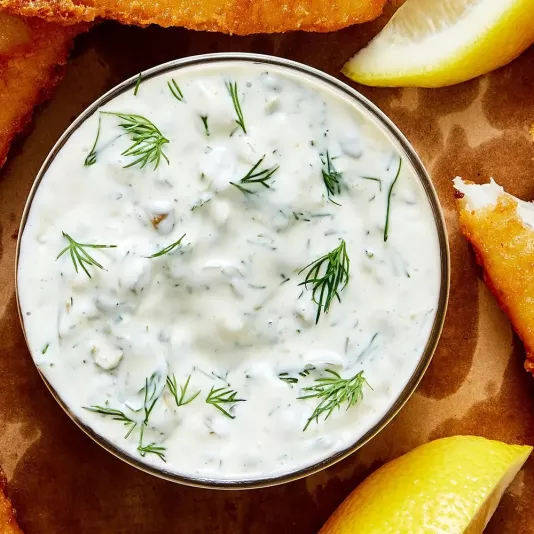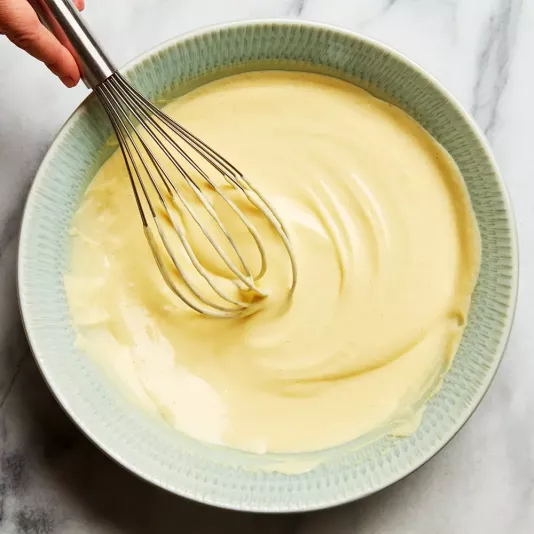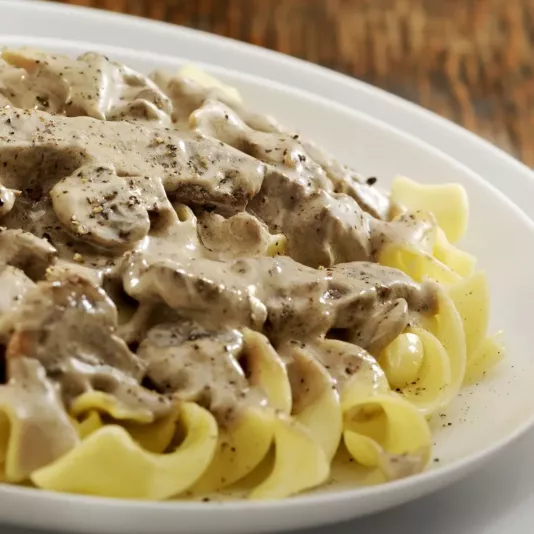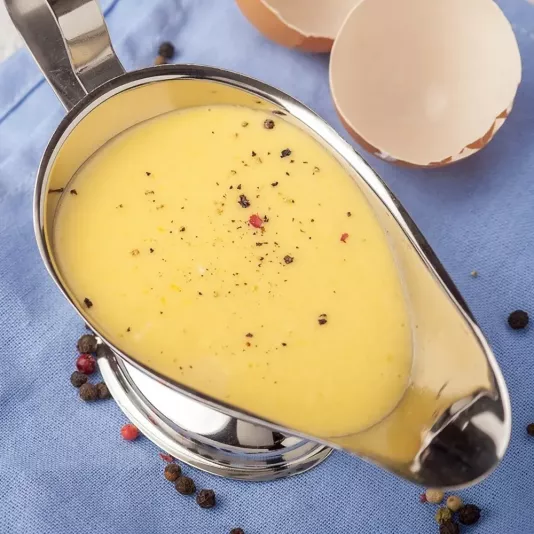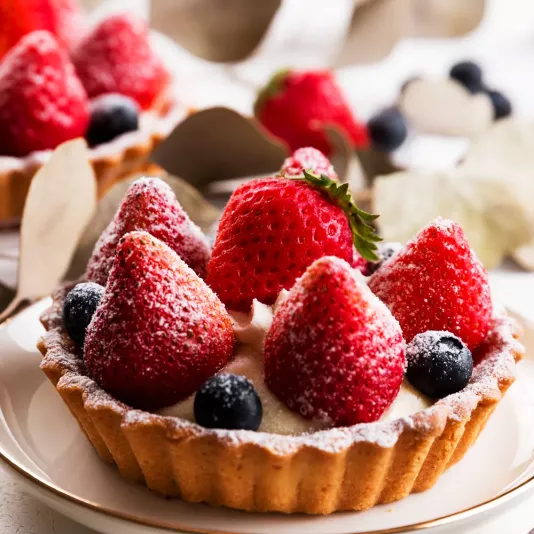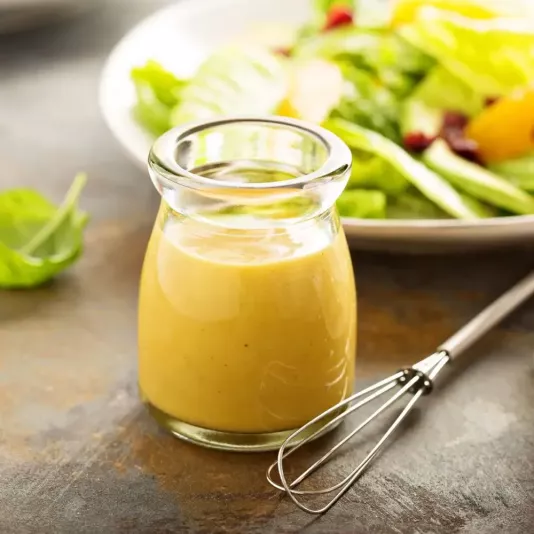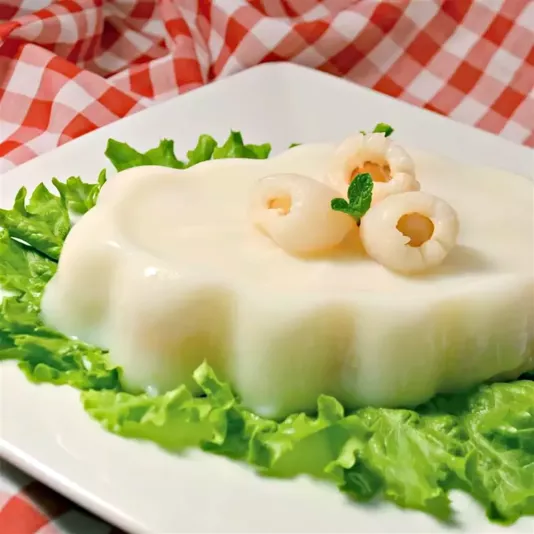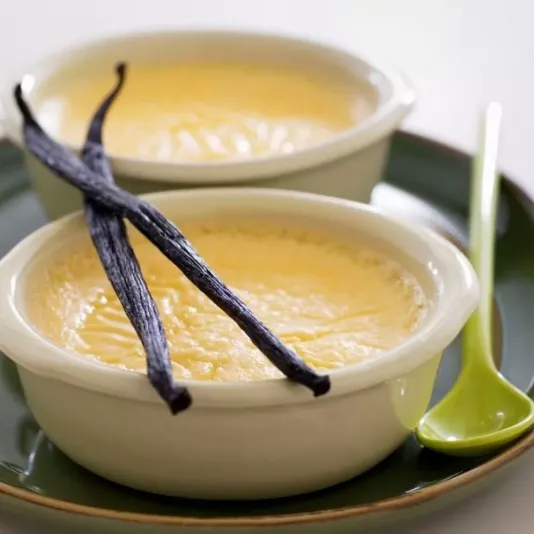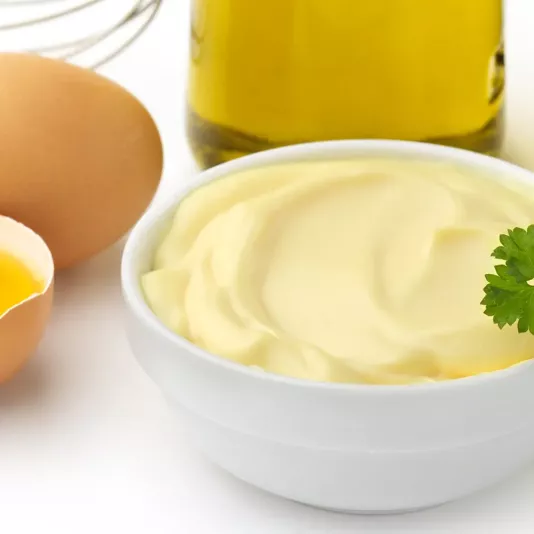French Cuisine
French cuisine is one of the most influential in the world, and its foundation lies in the respect for ingredient quality and the mastery of preparation. I have often realized that even the simplest dish, made with love and precision, can hold true gastronomic value. In French tradition, it is important not to rush: sauces are cooked to a silky consistency, meat is seared evenly, and desserts are prepared with mathematical precision. Over the years of cooking, I have learned to distinguish how butter’s aroma changes at different heating stages, when broth reaches the right clarity, and when dough becomes pliable. This cuisine teaches both discipline and pleasure. There is room for creativity, but not for carelessness. I appreciate that every recipe has a story – not a museum one, but a living one, passed from chef to chef. French cuisine is a culture of taste worth discovering step by step.
French Cuisine Recipes
When I first immersed myself in French culinary art, I realized that behind every recipe lies a philosophy of harmony. In my practice, French recipes are always about attention to detail. For example, when preparing classic ratatouille, it’s important to follow the sequence: each vegetable must go through its own journey to tenderness without turning into puree. In sauces like béchamel or hollandaise, temperature decides everything: exceed by a few degrees, and instead of a silky texture, you’ll get lumps. I always emphasize that the foundation of French cuisine is balance. The dishes have no excessive spiciness or acidity; instead, they have a rich, deep flavor. The best example is onion soup, where the sweetness of caramelized onions meets salty cheese and toasted bread. I often advise my students: do not fear time, for it is what shapes flavor. Anything cooked in haste loses the essence of French gastronomy. Even a simple crème brûlée is a lesson in patience, precision, and respect for texture.
Core Principles of French Cuisine
French cuisine stands on three pillars – ingredient quality, technique, and time. I always begin with careful selection: butter must be fresh, cream not too thick, and vegetables ripe but not overripe. Every detail matters because it determines the final flavor. For the French, there are no trifles – even the way vegetables are cut affects even cooking. From experience, I know that in sauces it’s important not to hurry: better to lower the heat and let the aromas unfold slowly. When cooking over high heat, it’s easy to burn what should caramelize. French cuisine teaches patience and precision, yet leaves room for intuition. For example, when making an omelet, I feel the moment when the egg is still moist but no longer raw – that’s when the perfect texture appears. This balance cannot be learned blindly; it is gained through years of practice. In every dish, French cuisine demands respect for the process, and that is what I value most.
Secrets of French Sauces
Without sauces, French cuisine is unimaginable. They create shades of flavor, add depth, and bring completeness to dishes. Over the years, I have learned to sense when a sauce is ready – even without a thermometer. The main sauces – béchamel, velouté, espagnole, hollandaise, and tomato – form the base for dozens of derivative variations. The most important rule is temperature control. In béchamel, flour must not burn, as even a slight scorched note will ruin the delicacy. In hollandaise, an overly hot water bath instantly curdles the eggs. I always say: a few minutes of patience are better than a lost aroma. Another nuance is the quality of butter. If the butter is too salty or old, the sauce will lose balance. I use unsalted butter and add salt at the end. It’s also important that a sauce should never be self-sufficient – it must highlight the main product. This principle helps avoid excess and preserve the harmony that French cuisine considers its greatest virtue.
Traditional French Desserts
Desserts are the heart of French culinary art, where precision meets inspiration. In my experience, desserts require the most attention: even a few grams difference in sugar or temperature can ruin the result. Croissants are a science in themselves: the dough needs rest, coolness, and proper folding. Each layer of butter must be evenly distributed; otherwise, that legendary flakiness won’t appear. In crème brûlée, the main thing is tenderness: I bake it at 150°C (302°F) so the yolks don’t turn into an omelet. Macarons, on the other hand, require steady heat and precise ingredient weights. My secret is to sift almonds twice to avoid cracks on the surface. French desserts are not about sweetness but balance – creaminess, light acidity, and crisp crust. Even in small details like powdered sugar on a financier, there is meaning: it completes the flavor harmony. For me, making desserts is the purest form of culinary meditation, where every movement matters.
Modern Trends in French Gastronomy
French cuisine does not stand still, and over the past decades, I’ve noticed how gracefully it adapts to modernity. Young chefs reinterpret classics while maintaining respect for technique. I often experiment by replacing heavy sauces with lighter ones and using seasonal vegetables and local ingredients. This isn’t a betrayal of tradition but its natural continuation. For example, in soups, I replace cream with roasted root vegetable puree – the flavor remains rich but lighter. French gastronomy now seeks a balance between luxury and simplicity. Less decoration, more substance. In restaurants, you can increasingly find short menus focused on flavor rather than quantity. This trend resonates with me: a true professional doesn’t hide the product behind complexity. In my own kitchen, I follow the same principles – respect for seasonality, purity of taste, and mastery of movement. Modern French cuisine is a continuation of tradition without excess, yet with the same love for detail that makes it unique.
